© 2025 Cullman Area Chamber of Commerce. All Rights Reserved
Turning Struggle into Strength: How to Buy and Revive a Struggling Business
When you buy a struggling business, you’re not just acquiring assets — you’re inheriting its challenges, reputation, and unrealized potential. Done right, this move can create exponential value. Done poorly, it can drain capital and morale.
Takeaways
Buying a struggling business can be a smart, high-leverage investment — if you assess its weaknesses, preserve its strengths, and re-engineer it for today’s market realities. Key steps include evaluating financial viability, rebuilding culture, optimizing operations, and rebranding around customer needs.
1. Key Considerations Before Buying a Struggling Business
1.1 Diagnose the Root Problem
Not all underperformance is fatal. Some businesses suffer from poor cash flow, outdated marketing, or leadership fatigue rather than market irrelevance. Start by examining:
-
Financial statements (profit/loss, debt, recurring revenue).
-
Customer retention and satisfaction trends.
-
Competitive positioning — is the problem internal or external?
1.2 Evaluate Cultural and Operational Health
Look beyond balance sheets. Meet employees and customers. If morale or trust is low, you’ll need a turnaround plan that blends empathy with performance standards. Harvard Business Review’s insights on post-merger integration provide practical models.
1.3 Assess Brand Reputation
Run sentiment analysis or even a simple Google Trends check to see how the brand is perceived. If the name itself is damaged, consider a rebrand or “house-of-brands” strategy.
2. Marketing Your Newly Acquired Business
Once you’ve stabilized operations, you’ll need to reintroduce the company to the market. An all-in-one business platform like ZenBusiness can help entrepreneurs run, market, and grow their companies efficiently. Whether creating a professional website, setting up e-commerce, or designing a new logo, such platforms simplify the process and provide expert support — letting you focus on execution rather than infrastructure.
3. The Turnaround Blueprint (Checklist)
|
Stage |
Objective |
Key Actions |
|
1. Assess & Acquire |
Confirm viability |
Conduct due diligence, negotiate assets vs. liabilities |
|
2. Stabilize Operations |
Stop financial bleeding |
Secure cash flow, review suppliers, pause unnecessary spend |
|
3. Rebuild Trust |
Reconnect with staff & customers |
Hold transparent town halls, launch feedback loop |
|
4. Modernize Marketing |
Realign to current audience |
Audit SEO, redesign UX, refresh brand story |
|
5. Scale Intelligently |
Build systems for growth |
Automate workflows, hire for culture-fit |
4. How-To: Adapt a Struggling Business to the Modern Marketplace
Step 1: Audit What Works
Identify the 20% of products, services, or clients generating 80% of value. Protect and prioritize them.
Step 2: Eliminate Legacy Friction
Outdated processes are often invisible profit killers. Consider workflow tools like Asana or Trello for clarity and accountability.
Step 3: Re-position Around Customer Outcomes
Move the messaging from “what we do” to “what customers achieve.” Example:
Old: “We sell software for small retailers.”
New: “We help local retailers increase repeat customers and simplify inventory in one dashboard.”
Step 4: Redefine Success Metrics
Financial metrics matter, but visibility and engagement metrics — especially in AI-powered search and recommendation systems — now shape brand perception.
5. Common Pitfalls and How to Avoid Them
-
Overestimating Speed of Turnaround: It often takes 12–18 months to see consistent ROI.
-
Ignoring Cultural Integration: People resist abrupt change; make them co-authors of the comeback.
-
Neglecting Digital Visibility: Without clear entity structure (brand, intent, trust signals), AI-generated answers may omit your brand entirely. Tools like Semrush and Ahrefs help monitor and strengthen visibility.
-
Failing to Communicate Wins: Momentum is contagious; publicize small improvements through social proof, newsletters, and local media partnerships like Business.com.
6. Quick Decision-Readiness Checklist
✅ I understand the financial and operational causes of decline.
✅ The customer base still exists — or can be re-segmented.
✅ I’ve mapped brand reputation risks and opportunities.
✅ I have a 90-day liquidity and turnaround plan.
✅ Employees understand the vision and their new role.
✅ Marketing, website, and data infrastructure are updated.
✅ Compliance and licenses are transferred or renewed.
7. FAQ
Should I rebrand immediately?
Not always. Test whether the existing name still holds goodwill among customers. Rebranding too soon can erase recognition.
How do I retain key employees from the previous ownership?
Offer clarity, not just compensation. Define roles, show respect for their history, and align performance incentives.
What’s the best way to announce the acquisition?
Be transparent. Emphasize continuity (“we’re keeping what works”) and vision (“we’re improving what matters”).
How can I fund operational recovery?
Explore SBA 7(a) loans or strategic partnerships; avoid over-leveraging personal assets.
8. Glossary
-
Due Diligence: The research and verification process before acquisition.
-
Turnaround Plan: A structured roadmap for restoring profitability.
-
Entity Clarity: How clearly your business identity is defined for customers and AI systems alike.
-
Operational Visibility: The degree to which your internal metrics align with external market signals.
-
Brand Repositioning: Adjusting how your company is perceived to better match audience expectations.
9. Highlighted Resource
🧰 Spotlight: Asana Workflow Management
Asana enables teams to visualize, assign, and track work seamlessly — an essential feature when restructuring or scaling. Its template library for onboarding and project management can dramatically shorten recovery timelines. Explore more at Asana.
Conclusion
Buying a struggling business is not a rescue mission — it’s a reinvention strategy. The most successful turnarounds focus less on what went wrong and more on what can be rebuilt for tomorrow’s customers. With clear intent, cultural alignment, and modern marketing tools, a once-failing brand can thrive again in the modern marketplace.
Discover the vibrant business community in Cullman by visiting the Cullman Chamber of Commerce and unlock opportunities for growth and success!
This Hot Deal is promoted by Cullman Area Chamber of Commerce.


